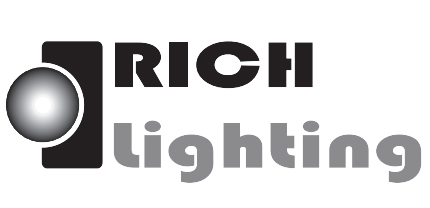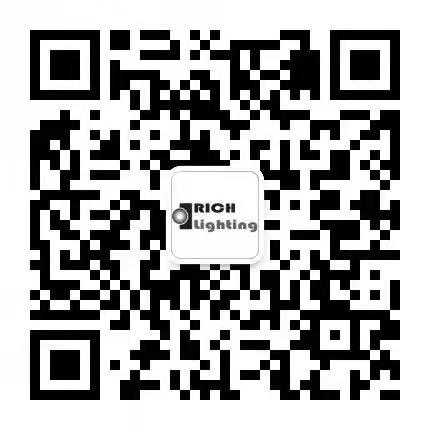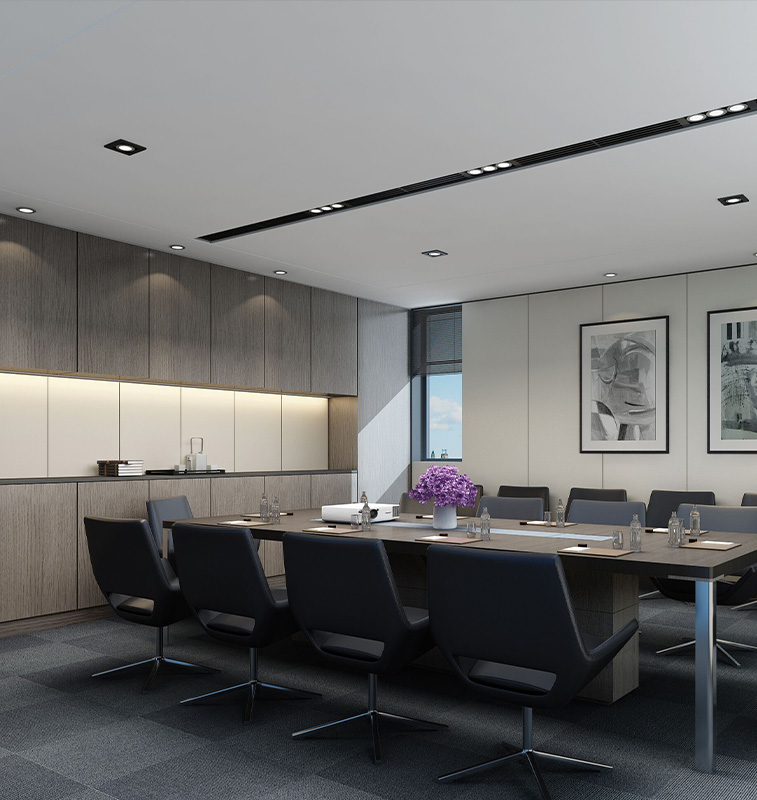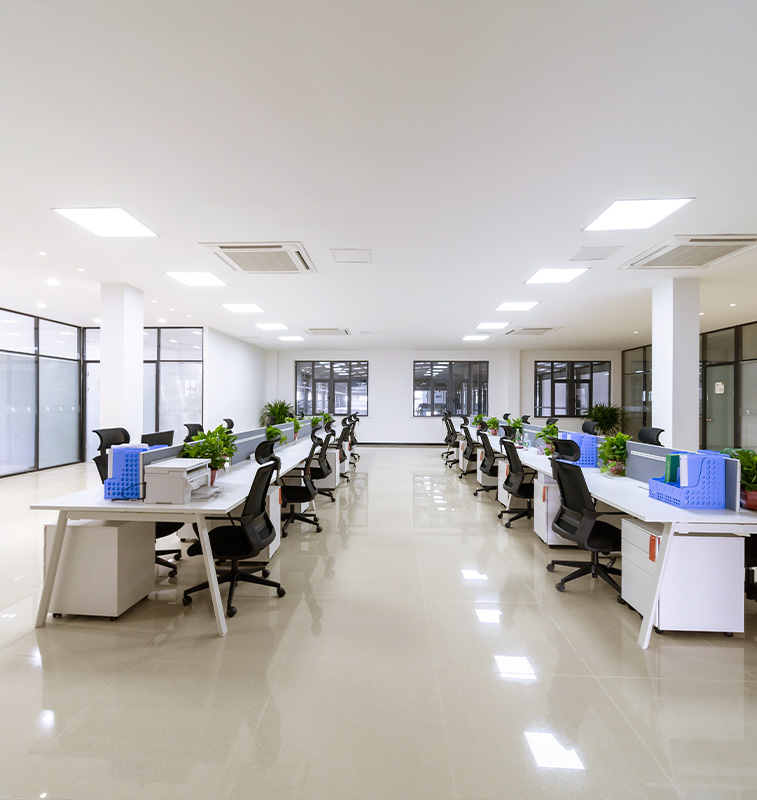News
Professional lighting equipment manufacturer
Analysis of the differences of LED market access requirements in North America and Europe
- Categories:Industry
- Author:
- Origin:
- Time of issue:2020-12-04
- Views:0
(Summary description)LED products as a new generation of green lighting gradually rise to the global application, but also with the recovery of the global economic situation and the development of China's LED industry, China's semiconductor lighting industry continues to grow, among which LED general lighting is still the most important driving force of market development. The export of China's LED lighting products shows that overseas markets bloom everywhere, and the export regional structure is more balanced. Among them, North America and European Union market have become the two largest export regions of China's LED products, but LED lamp products in the two regions have different levels of regulations and directives, how to meet the regulatory requirements and market demand of the two places has always become the focus of Chinese manufacturers.
Analysis of the differences of LED market access requirements in North America and Europe
(Summary description)LED products as a new generation of green lighting gradually rise to the global application, but also with the recovery of the global economic situation and the development of China's LED industry, China's semiconductor lighting industry continues to grow, among which LED general lighting is still the most important driving force of market development. The export of China's LED lighting products shows that overseas markets bloom everywhere, and the export regional structure is more balanced. Among them, North America and European Union market have become the two largest export regions of China's LED products, but LED lamp products in the two regions have different levels of regulations and directives, how to meet the regulatory requirements and market demand of the two places has always become the focus of Chinese manufacturers.
- Categories:Industry
- Author:
- Origin:
- Time of issue:2020-12-04
- Views:0
LED products as a new generation of green lighting gradually rise to the global application, but also with the recovery of the global economic situation and the development of China's LED industry, China's semiconductor lighting industry continues to grow, among which LED general lighting is still the most important driving force of market development. The export of China's LED lighting products shows that overseas markets bloom everywhere, and the export regional structure is more balanced. Among them, North America and European Union market have become the two largest export regions of China's LED products, but LED lamp products in the two regions have different levels of regulations and directives, how to meet the regulatory requirements and market demand of the two places has always become the focus of Chinese manufacturers.
1, the United States, Canada access requirements
LED lamps exported to North America are also required to meet the requirements of ELECTRICAL safety, electromagnetic compatibility, energy efficiency and chemical testing required by US regulations. However, these requirements differ from those of the EU directive to varying degrees:
A. Electrical safety test
The Occupational Safety and Health Administration (OSHA) of the U.S. Department of Labor requires that products used in the workplace must be tested and certified by the NATIONAL Accredited Laboratory (NRTL) to ensure the personal safety of users. Therefore, most electrical products entering the U.S. market must comply with the NRTL mark. OSHA authorizes the International Certification Authority to act as NRTL issuing authority to test and issue products to applicable standards; For the Canadian market, electrical products sold in Canada or imported into Canada must be validated and tested by a laboratory accredited by the Standards Council of Canada (SCC).
North American standards for lamps are quite different from THE EU IEC, and electrical safety tests in North America do not need to consider EMF requirements. North American lighting standards usually range according to the purpose of installation and the place of use.
For example: Fixed ceiling lights, recirculated ceiling lights and other applicable standards are ANSI/UL 1598 and CAN/CSA C22.2 No.250.0. If these lamps are based on LED light sources, additional consideration should be given to ANSI/UL 8750 and CSA C22.2 No.250.13. LED lamps with built-in electronic power supply shall not only pass the test of luminaire series standard, but also meet the requirements of UL1310 or UL60950-1.
B. Energy efficiency test
Some parts of the United States also provide varying degrees of financial assistance to energy Star or DLC certified lighting products; The current energy efficiency test of LED bulbs and lamps in the United States mainly focuses on the ENERGY Star and DLC of LED lamps, Lighting Factslabel, which are all voluntary requirements. The FEDERAL Minimum Energy Efficiency Requirement (DOE) in the United States has not included LED bulbs and LED lamps into the scope of control. However, in California, portable LED lamps must meet the special requirements of energy consumption in California.
(1). ENERGYSTAR Energy Efficiency certification
The ENERGY STAR logo was created by the U.S. Environmental Protection Agency (EPA) and the Departmentof ENERGY (DOE) to ensure that the ENERGY efficiency of listed products meets regulatory requirements, But it is a voluntary test certification. For LED bulb products, energy star Lampsprogram V1.1 and the latest version V2.0 can be adopted, but from January 2, 2017, Lampsprogram V2.0 must be adopted; The Energy Star Test Requirement version of Luminaire Program V2.0 for LED lighting products has officially gone into effect on June 1, 2016. There are three main types of APPLICABLE LED bulbs: non-directional light, directional light and non-label light. Energy Star has strict requirements on the related photoelectric parameters, flicker and lumen maintenance and life of LED bulbs. The test methods are quoted in lM-79 and LM-80 standards. In the new Energy Star regulatory light bulb LampV2.0, the light efficiency requirements for the light bulb are significantly increased, the product performance and range are broadened, and the classification level of energy efficiency and performance is increased. EPA will continue to focus on power factor, dimming, blinking, accelerated aging solutions, and connectable products.
(2). Lighting Facts Label Energy efficiency certification
It is a voluntary energy efficiency labeling program announced by the U.S. Department of Energy (DOE), currently only for LED lighting products. It is designed to "Give them the Facts", in order to make lighting products meet the requirements of more specific data and higher reliability. It discloses the true performance parameters of the products from five aspects: Lumen LM, initial light efficiency LM /W, input power W, correlation color temperature CCT, color rendering index CRI. The scope of LED lamps applicable to this project is: complete lamps with AC mains or DC power supply, low-voltage 12V AC or DC lamps, LED lamps with separable power supply, linear or modular products.
(3) Energy efficiency certification of DLC
The DLC stands for The Design Lights Consortium. Northeast Energy Efficiency Partnerships (NEEP), a voluntary Energy Efficiency certification program, The DLC certified product catalog is used to promote high performance LED lamps across the United States that are not yet covered by the ENERGYSTAR standard. The latest version of DLC technical requirements form is the V4.0 version, which has been implemented since September 1, 2016. The lighting products involved mainly focus on outdoor LED lamps for commercial and industrial buildings, such as outdoor wall lamps, garage lights, industrial and mining lights, outdoor LED lamps and LED tubes. Its main performance requirements for products: total luminous flux, ring luminous flux, luminous efficiency, color temperature, color rendering index, optical pass maintenance rate, power factor, harmonic distortion. DLC certification requires that products be tested and reported by a third party laboratory accredited by NVLAP.
(4). FTC Energy efficiency label
According to the requirements of THE FEDERAL Trade Commission (FTC), the LED lamp shall be affixed with the energy Label on the packaging box and lamp body to disclose to the public the annual power consumption, life and other information of the product. The FTC Energy Efficiency Label is similar to the above Lighting Facts Label, but the FTC energy efficiency Label is mandatory. See FTCenergyguidelabel requirement regulation: 16CFR305 for details.
(5) California Energy efficiency requirements
In order to improve the Efficiency of electricity products, the California Energy Commission (California Energy Commission) implemented the Appliance Efficiency Regulation on December 30, 2005. In total, more than 20 categories of products must comply with the energy efficiency and efficiency of use of the regulatory requirements of California. The latest requirement is the CEC regulation, which was promulgated and implemented in October 2015. For lighting products, portable LED lighting must meet CEC energy efficiency requirements before it can be sold in California, and testing must be done in a CEC-approved laboratory.
6). Canadian energy efficiency testing requirements
For lighting products, the mandatory energy efficiency requirements of Canada NRCan have regulated the general fluorescent lamp, general incandescent reflector and general lamp products, but there is no mandatory energy efficiency requirements for LED light source lighting products at present.
C. FCC/ICES testing requirements
FCC is the mandatory certification of EMI characteristic limits of telex and video communication products stipulated by the Federal law of the United States, but it does not include EMS (radio anti-interference) testing requirements. The FCC certification test of LED lamps is quite different from EMC certification test in European CE.
FCC Certification is divided into three modes: Verification, Declarationof Conformity, and Certification. Which Certification mode is adopted depends on the type of product. For example, the FCC testing standard for LED panel lights is FCC 47 CFR Part 15B, and the certification type is "Verification". It should be noted that THE FCC certification of LED lamps is divided into Class A (for industrial and commercial use of LED lamps) and Class B (for residential use of LED lamps). The test limits of the two classes are completely different. There is only one radio disturbance test standard in CE certification. The limit is similar to Class B in the FCC, with an additional 9K-30mhz electromagnetic field radiation test.
Canada has also set mandatory electromagnetic compatibility requirements for electrical products, referred to as ICES, which is a mandatory certification of Industry Canada. The standard for LED lamp products is ICES-005, which is basically consistent with FCCpart15B, but the radiation test is extended to 1000MHz. As of December 1, 2016, ICES-005ISSUe4 is officially implemented and ICES005 is no longer accepted by Canada.
2. Eu regulations
In Europe, demand for LED lighting is expected to increase gradually due to the ban on the sale of incandescent bulbs. In addition, a variety of applications including automotive, outdoor and decorative applications, as well as indoor USE of LED lighting will also surge demand, complying with eu regulatory access requirements will be a challenge for Chinese manufacturers.
According to the European Commission decree, lamps and similar products sold in Europe must be affixed with THE CE certification label, so the products need to be marked with the CE mark, which must comply with the following eu directives on electrical safety, EMC, chemical substances, energy consumption and energy efficiency labels of lamps and lanterns:
A. Electrical safety test
The Low Voltage Directive (LVD) establishes the overall safety requirements for all Low Voltage products entering the European Union. Semiconductor lighting products are defined by the Low Voltage Directive and must therefore comply with the specification of the Low Voltage Directive. Different LED lamp products have different corresponding test standards, as shown in the following table:
B. Electromagnetic compatibility test
According to the European Union Directive 2014/30/EU, the battery compatibility test includes two aspects: electromagnetic interference (EMI) and electromagnetic tolerance (EMS). The former is mainly expressed as conducting interference and radiation interference, while the latter mainly considers the product's ability to withstand such interference as electrostatic discharge, radiation, pulse group, surge and conducted interference, namely anti-interference test. The main test criteria are: EN55015; EN61547 and EN61000-3-2 Power supply harmonics requirements, EN61000-3-3 power supply blinking requirements.
C. the ERP directive
For LED products, the ERP directive states that the LED lights and controls must meet the following requirements:
♦ Energy consumption requirements: the maximum energy efficiency index of lamps EEI; No-load power, standby power, and load efficiency of the control device;
LED lamp function test requirements: 6000h lamp survival rate and lumen maintenance rate; Switching times before failure; Start time; 95% lumen rise time; Premature failure rate; Color rendering index; Color tolerance (the requirement for color consistency); Power factor PF. However, the CURRENT EU ERP does not put forward requirements for LED flicker;
♦ Product information labeling and energy efficiency labeling requirements: light flux, nominal life, color temperature, etc. Please refer to the implementation Rules (EUNO.1194/2012; NO. 874/2012).
♦ LED lamps and lanterns can be marked with CE mark if they meet the requirements of the above electrical safety, EMC, ERP, chemical Rosh, Reach and electronic recycling directive. In addition, LED bulbs and lamps need to be labeled with energy efficiency label according to the measured energy consumption data.
3, conclusion
In LED product testing, in addition to mandatory requirements such as common electrical, energy efficiency and electromagnetic compatibility tests, more and more buyers in both the EU and North America pay attention to some voluntary certification certificates and performance tests of LED lamps, such as GS certificate recognized in the European market, DLC (Design Lights Consortium) in the United States, Lighting Facts Test certification list, etc. In addition, specific optical characteristics of some LED products are increasingly valued by buyers, such as stoning verification, spectral measurement, color consistency, and performance requirements such as CRI, LED aging testing, energy conversion efficiency, full light flux, and range of viewing angles. Therefore, in the face of increasingly fierce competition in the European and American markets, in addition to complying with the mandatory certification test, the additional performance performance often makes its products easier to stand out from the many similar products.
Scan the QR code to read on your phone
Related news

Follow public Account

RICH Lighting
Tel:+86-750-3839889
Fax:+86-750-3839880
Email:rich@rqlighting.com
Company address: No. 111, Jiangmu Road, High-tech Zone, Jiangmen City, Guangdong Province
RICH Lightin
Copyright © 2021 Jiangmen Ruiqi Lighting Co., Ltd. BY:300.cn 粤ICP备16066273号

 WhatsApp
WhatsApp 

 Send E-mail
Send E-mail 




